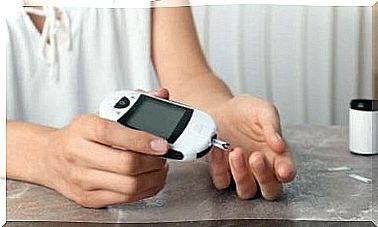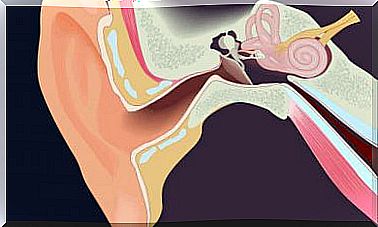How To Reduce Anxiety In Children
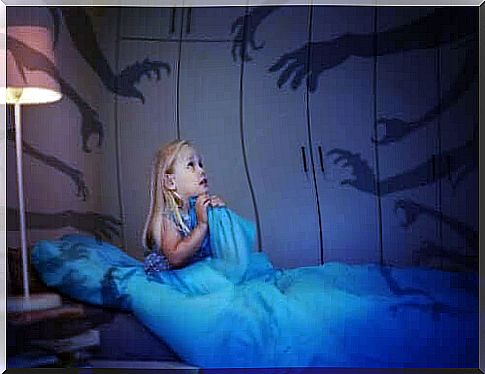
Anxiety is the normal response to something that is perceived as a danger or threat. When a person experiences an exaggerated fear, we talk about anxiety disorder. Now how can we help reduce anxiety in children?
Join us to find out what childhood anxiety is, what its symptoms are, and the best advice to help little ones deal with anxiety in order to avoid developing a psychological disorder.
What is anxiety in children?
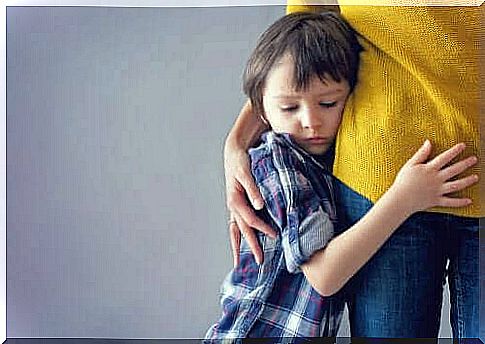
Anxiety is a basic emotion. We all experience anxiety at some point in our lives. Remember when you had to take your last university exam? Or the day you got the interview for the job you wanted so much? You know what it’s like to feel anxiety, right?
Children around the age of two or three begin to experience fears that can generate anxiety. For example, a monster that lives under the bed? What would happen if my parents died? What if a thief entered the house?
Also, even riding a bike and being afraid of falling can cause anxiety . The problem occurs when this feeling is so strong, so excessive, that it becomes a disturbance.
Anxiety Symptoms in Children
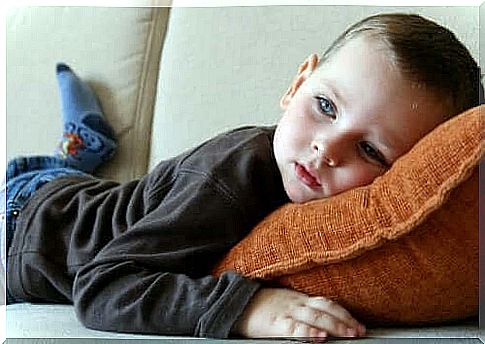
So for example, for those children who experience excessive fears and fail to control their anxiety, anxiety can become an (undesirable) companion. Now, let’s look at the possible symptoms of anxiety in children together:
- Headaches or stomach pains often without medical reason.
- Also, tense muscles, tremors and excessive sweating.
- Sleep changes: either problems sleeping (insomnia) or staying asleep.
- Furthermore, extreme sensitivity, and anguish evident through the usual screams.
- Irritation for no apparent reason.
- Bad mood.
- On the other hand, excessive fear of making mistakes
- Panic attacks.
- Phobias and exaggerated fears: The child has an extreme fear, for example, of some animal or natural phenomenon, such as a hurricane.
- Also, fear of not being loved.
- Restlessness and usual nervousness.
- Your child may say ‘I don’t want to go to school’ or doesn’t want to eat there, let alone use the school bathroom.
- Furthermore, he seeks constant approval from his parents.
- On the other hand, he might constantly wonder what would happen if…?
- You feel you can’t do things you haven’t tried.
As you can see, this symptomatology can overlap with other problems, such as bullying , for example. If you think your child has anxiety, don’t hesitate and see a doctor. He, better than anyone else, can diagnose it.
Anxiety Disorders
Anxiety can become a disorder and, among these, the most common are:
- Phobias: The child has an extreme and irrational fear of something, animal or situation, eg insects, or going to the doctor.
- Separation anxiety : the child is afraid of separating from his parents.
- Social anxiety : children are anxious when they need to go to a place with a large flow of people, such as school or shopping.
- Panic Disorder : The child sweats, becomes dizzy and shaky, has difficulty breathing, and feels that his or her heart is beating rapidly in the face of a situation that creates intense fear.
- General anxiety : the child worries about everything around him.
Tips to Prevent Anxiety in Children
1. Help your child face their fears
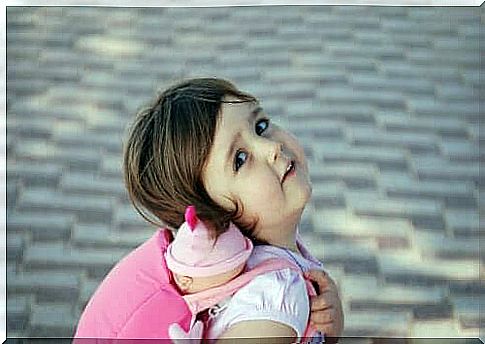
So don’t do that! Your child has to learn to face his fears, otherwise he will only be postponing the problem and therefore prolonging his anxiety over time.
2. Set the example
Children watch their parents to assess how to act in different situations. Show your child that you know how to control your emotions, even when facing situations that generate anxiety. Be the mirror in which your children look at themselves!
3. Talk to your child
If you know your child will have to face an anxiety-producing situation, talk to him first. It is not the same thing to face a fear without knowing what to do, as it is with knowledge of the facts. Knowing what will happen beforehand can help reduce children’s anxiety.
4. Show your feelings
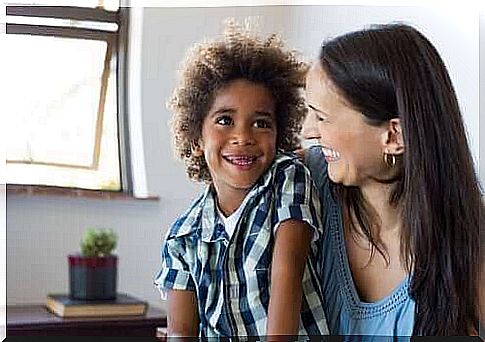
To reduce anxiety, it is important to show empathy, that is, to listen to children without judging them. In order for your children to have confidence in you, open your heart and show what happens to you in certain situations. Sharing your emotions with children will increase the likelihood that they will do the same to you.
5. Congratulate your child
Accompany your child on the path to overcoming his anxiety and congratulate him for each small step he takes toward overcoming this condition.
6. Show your support and love
Your support and love are unconditional … Make your child understand! There is nothing more important to your little one than knowing that you will always be there for them, no matter what.
7. Correct your actions
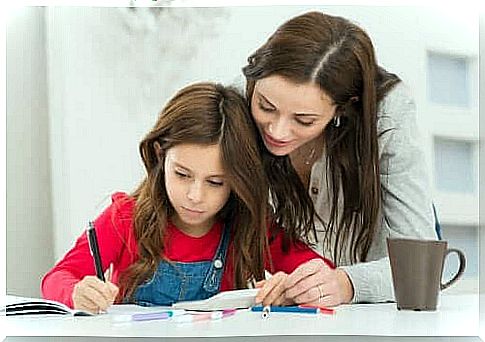
Do not hesitate to correct your actions, without labeling your way of being. Remember that it is important to be able to talk about your attitudes, even criticizing them if they are wrong, but without associating anxiety with a child’s personality trait.
8. Seek professional help
If your child’s anguish intensifies to the point that it prevents him from maintaining a normal life, don’t hesitate and go to the doctor. Without a doubt, the psychologist will help the child to face his fears and will try to discover their origin.
In conclusion, anxiety in children is more common than you might think. Like us adults, they sometimes feel threatened by their surroundings. The uncertain begets fear, we all know it and we’ve been through it. The important thing is to learn to deal with this fear and not let it take over our being.






